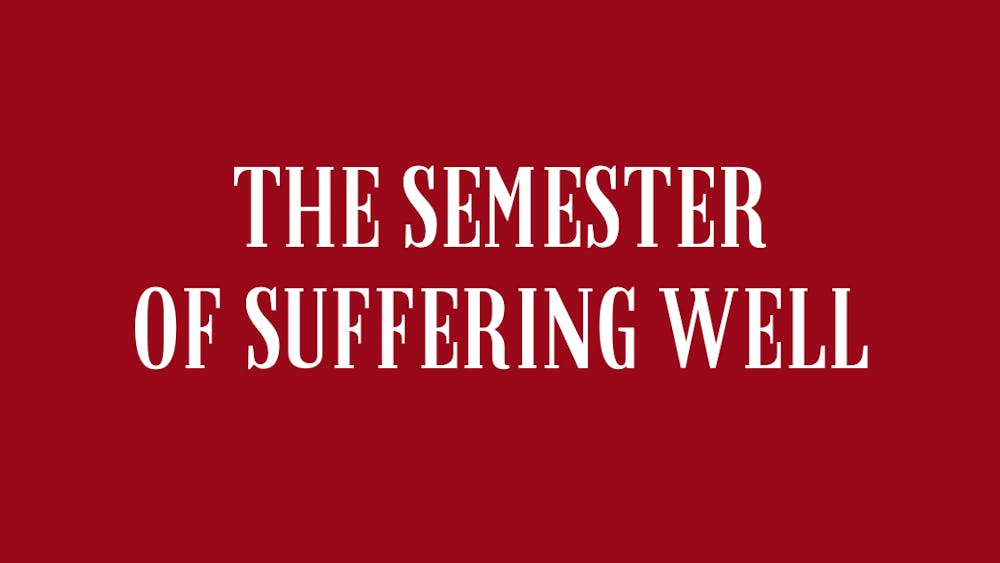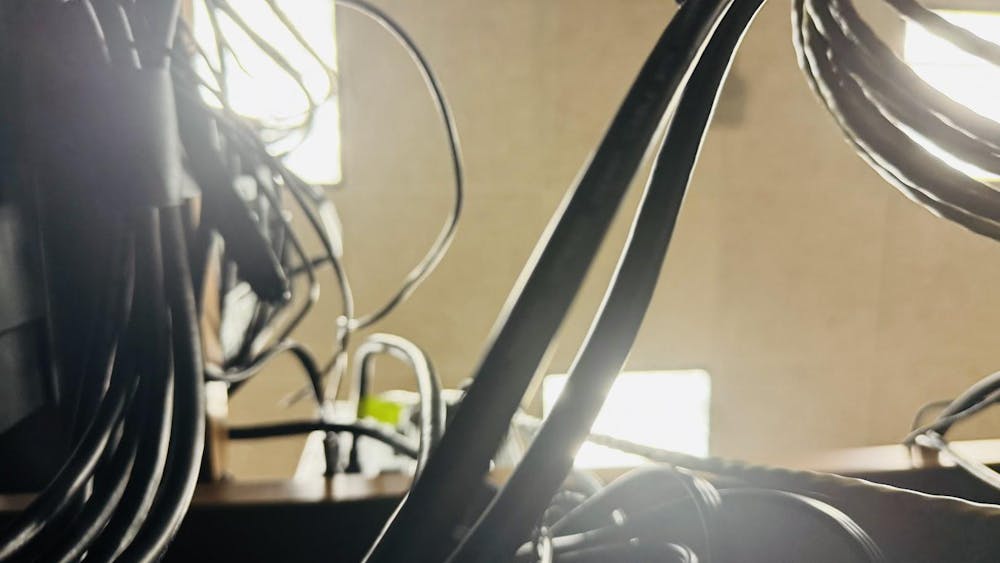The Robinson Community Learning Center marks its 10-year anniversary this Friday, and our local community and University have much to celebrate. Emerging in 2001 as a partnership between the Northeast Neighborhood and the University, RCLC is a nexus for community empowerment, neighborhood social capital and community-based research and learning. On the eve of this occasion, I offer two commendations and a set of observations and questions to guide the way forward.
First, I commend those who set forth the bold vision to establish a joint, community-based neighborhood initiative over 10 years ago. University and community leaders such as Fr. Edward "Monk" Malloy, Fr. Don McNeil, Ms. Marguerite Taylor and countless others gave life to a fledgling concept, ensuring not only the resources to build it, but a resident informed approach to growing and sustaining it. Many of the key stakeholders involved in the planning and founding of RCLC will attest that there were indeed challenges to overcome — historical distrust, turf issues, lack of communication and more. Having persevered through those challenges, even forging new partnerships because of them, I hope that anyone who had a role in the launch of RCLC takes pride in what it has become.

What RCLC has become leads me to my second commendation. The RCLC staff, for several years under the leadership of Jay Caponigro and now led by Jennifer Knapp Beudert, makes tireless efforts each and every day to enact the bold vision set forth in 2001. A host of residents, undergraduate students and volunteers assist the staff as the front-line providers of programs and educational opportunities that reach over 500 residents per month. Offerings that span the life course are a hallmark of RCLC: A second grader attending a tutoring session in reading, a Notre Dame sophomore serving in Take Ten, the senior residents who participate in book club and fitness activities and the group of youth who perform in the Robinson Shakespeare Company. These examples are the living embodiment — the hoped-for potential realized — of the founding vision.
The 10-year milestone at Robinson provides a moment of opportunity both to evaluate where we are as a University in regard to community engagement and to chart a pathway for the next decade. Many institutions of higher education — in this country and abroad — are explicitly and powerfully re-committing to scholarship, teaching and learning to enhance civic engagement. The verbiage surrounding these efforts differs depending on each institution and its mission: public scholarship, community-engaged scholarship, outreach scholarship, the scholarship of engagement, action research, community-based research, etc. While the nomenclature varies, some central premises of community engagement are invariant: Efforts are predicated on mutually beneficial outcomes for communities and universities; communities have specialized expertise to share with universities; and the collective capital of the community-university partnership is well-suited to both innovation and addressing social problems.
As we look ahead, we should acknowledge that there is already a decided momentum at Notre Dame regarding community engagement, evidenced by a 2009 Task Force on Community Engagement in St. Joseph County, newly created University positions (namely an associate vice president for Public Affairs and a director of Community Engagement) and the recent announcement that Notre Dame successfully received classification as a "community engaged institution" from the Carnegie Foundation for the Advancement of Teaching. Assembling the application for the Carnegie designation revealed strong pockets of community engaged scholarship, teaching and research in almost every College and School. In some cases, goals specific to community engagement are woven into department and school-level strategic plans. Moreover, hubs of wisdom and expertise like the Center for Social Concerns have been and continue to be strong and pivotal catalysts for community engagement efforts.
Building upon these developments and rich assets as well as the lessons learned at RCLC, we are poised to deepen our commitment to community engagement even further. To do so, we must take up a host of provocative and intriguing questions: At an institution like Notre Dame, infused as we are with a distinct Catholic character, how does "faith in action" permeate community engagement? Are we appropriately attentive to the demands of authentic partnerships, recognizing how long they take to develop, foster and mature? How do we measure and track community engagement and its impact on students, faculty and the community? Do we understand and uplift the beneficial student outcomes of service learning and/or participatory research? Do we support and develop faculty that already engage in community-based research and teaching and assist those who wish to develop such skills? Are we vigilantly open to other opportunities and venues for partnering with South Bend neighborhoods and schools? Engaging with questions such as these all but ensure that the next ten years of community engagement will be life-giving, dynamic and transformative.
I close with some borrowed language from the RCLC founding document: "If we aim to be an example of Christ in the world, if we intend to foster, teach, and live justice, if it is our mission to educate students who will lead society to engage community issues, then we simply cannot ignore both the community gifts and needs at our doorstep."
Congratulations and thank you, Robinson Community Learning Center. I say, let's continue to be Christ in the world.

Jim Frabutt is a faculty member in the Mary Ann Remick Leadership Program in the Alliance for Catholic Education. He serves on the Advisory Board of the Robinson Community Learning Center. He can be reached at jfrabutt@nd.edu
The views expressed in this column are those of the author and not necessarily those of The Observer.












